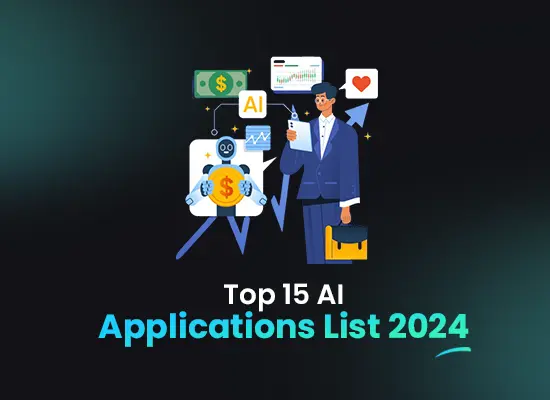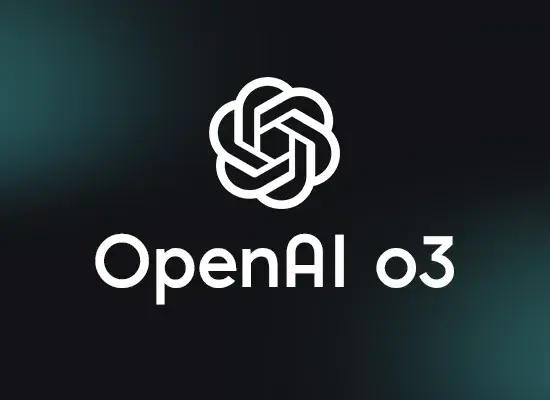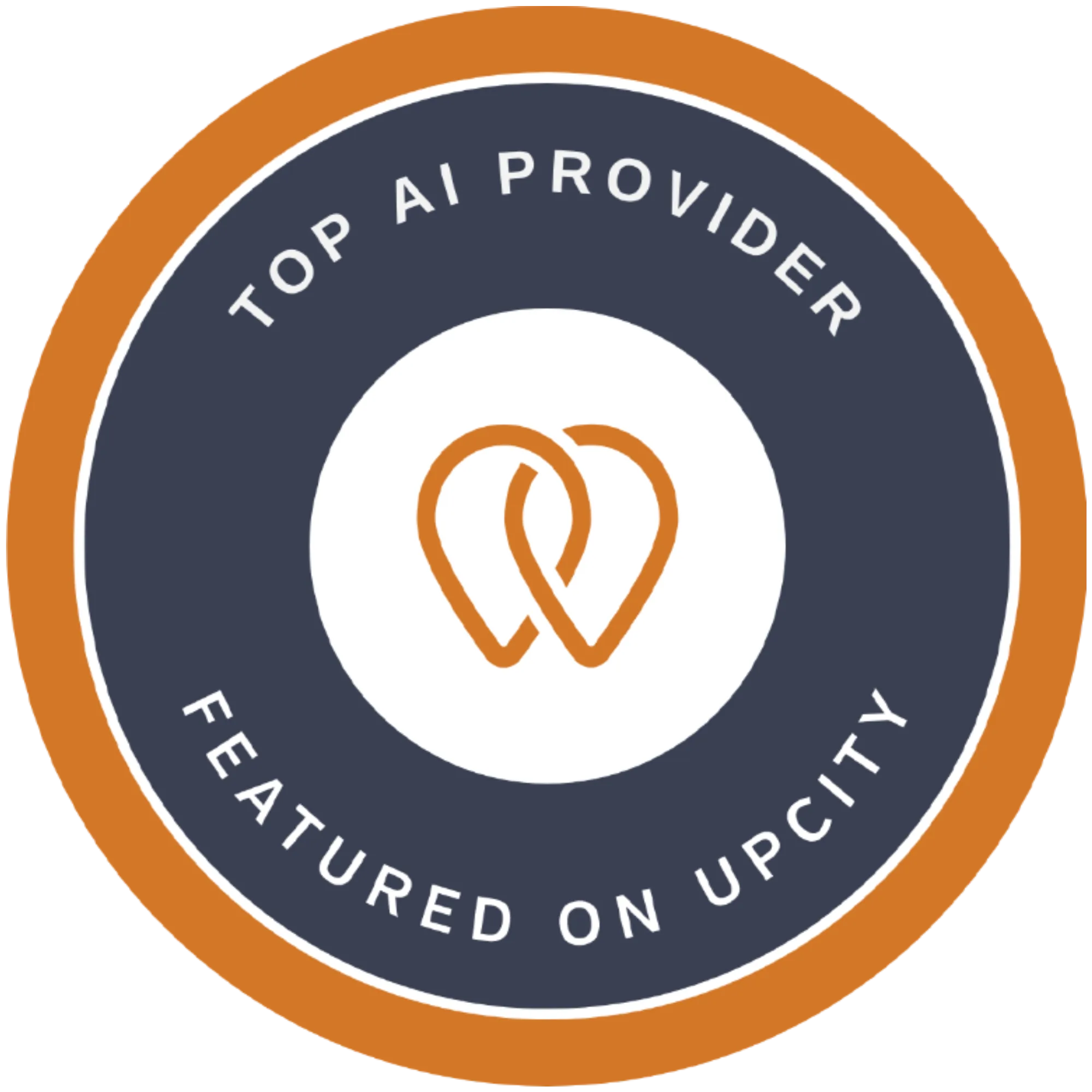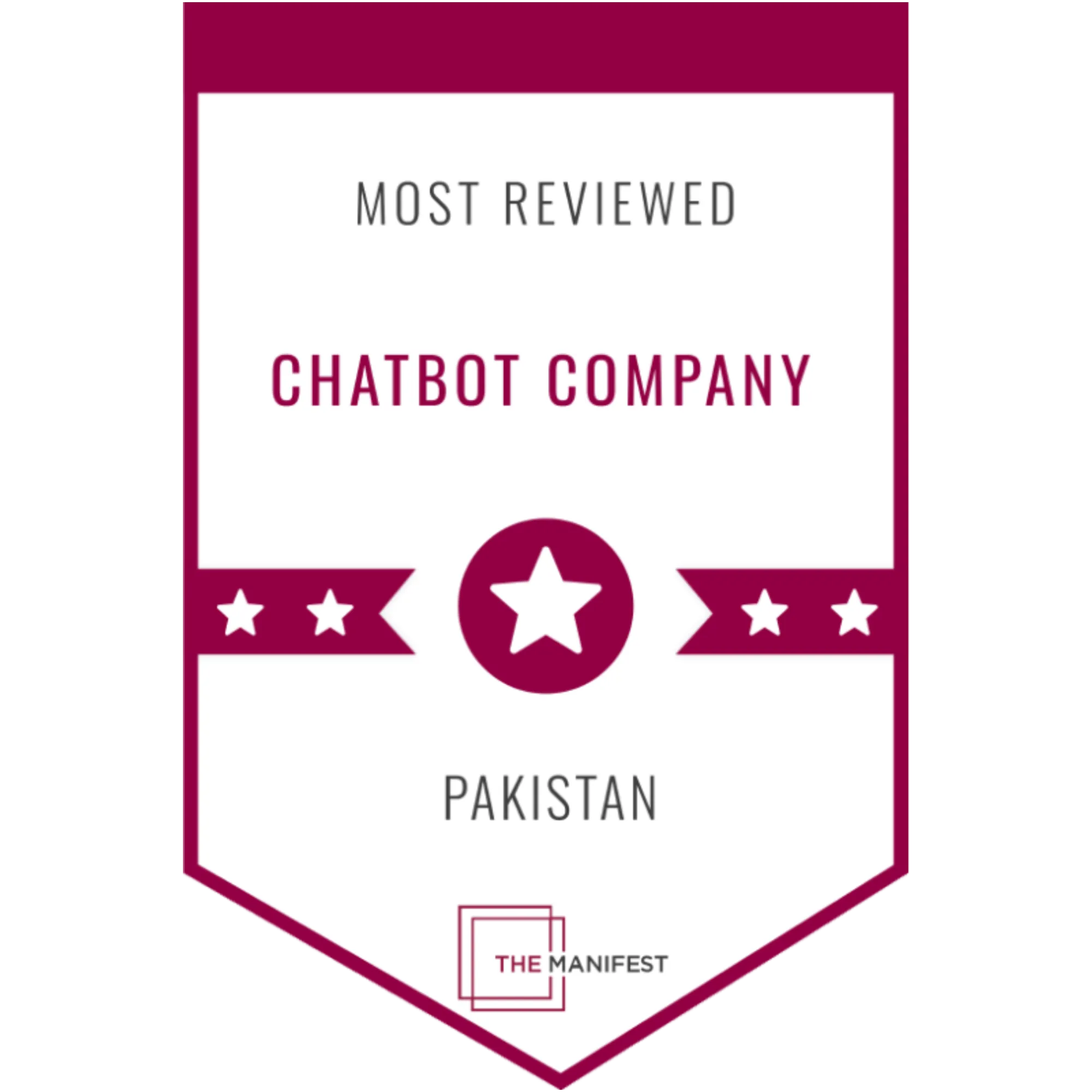Diagnostic Medical Imaging – Seeing The Insides Made Possible For Healthcare Industry

Contents
Diagnostic medical imaging revolutionises healthcare by providing unprecedented insight into internal structures, empowering healthcare professionals to accurately diagnose and treat a myriad of conditions.
What is Diagnostic Medical Imaging?
Diagnostic medical imaging refers to a pivotal field within healthcare that employs various techniques to visualise the internal structures of the human body for diagnostic purposes. Utilising advanced medical imaging technologies, this branch of medicine plays a crucial role in detecting and diagnosing a wide array of medical conditions and ailments. With the advent of AI in medical imaging, the capabilities and efficiency of diagnostic procedures have been significantly enhanced, revolutionising the way healthcare professionals interpret and analyse medical images.
Various types of medical imaging modalities are employed in diagnostic medical imaging, each offering unique advantages and insights into different anatomical structures and physiological processes. These modalities include X-ray imaging, computed tomography (CT), magnetic resonance imaging (MRI), ultrasound, nuclear medicine imaging, and positron emission tomography (PET). Each modality utilises distinct principles and technologies to generate detailed images of the internal organs, tissues, and bones, aiding healthcare providers in making accurate diagnoses and developing effective treatment plans.
X-ray imaging, one of the oldest and most widely used techniques in diagnostic medical imaging, utilises electromagnetic radiation to produce images of the body’s internal structures, particularly bones and dense tissues. CT scans, a more advanced form of X-ray imaging, provide cross-sectional images of the body, allowing for detailed examination of internal organs and soft tissues with enhanced clarity and precision.
MRI, on the other hand, employs powerful magnets and radio waves to generate detailed images of the body’s organs and tissues, particularly soft tissues like the brain, muscles, and joints. Ultrasound imaging utilises high-frequency sound waves to create real-time images of the body’s internal structures, making it ideal for monitoring foetal development during pregnancy and diagnosing conditions affecting the abdomen, heart, and blood vessels.
Nuclear medicine imaging involves the administration of small amounts of radioactive substances, known as radiotracers, which accumulate in specific organs or tissues of interest. By detecting the gamma rays emitted by these radiotracers, nuclear medicine imaging techniques such as PET scans can provide valuable information about metabolic processes and physiological functions within the body, aiding in the diagnosis and staging of various diseases, including cancer.
With the integration of AI in medical imaging, these imaging modalities have seen significant advancements in terms of image quality, diagnostic accuracy, and workflow efficiency. AI algorithms can analyse medical images rapidly and accurately, assisting radiologists and other healthcare professionals in identifying abnormalities, quantifying disease progression, and predicting treatment outcomes.

Importance of Diagnostic Medical Imaging in Healthcare:
Diagnostic medical imaging plays a pivotal role in modern healthcare, offering invaluable insights into various medical conditions through advanced technologies and techniques. From traditional X-rays to cutting-edge MRI and CT scans, diagnostic medical imaging encompasses a spectrum of modalities, each serving a unique purpose in diagnosis and treatment planning. These types of medical imaging not only aid in identifying ailments but also enable healthcare professionals to monitor disease progression and assess the effectiveness of interventions.
The advent of AI in medical imaging has revolutionised the field, enhancing the accuracy and efficiency of diagnoses. By leveraging machine learning algorithms, AI in medical imaging has enabled more precise interpretations of images, leading to earlier detection of abnormalities and improved patient outcomes. Additionally, AI algorithms can assist radiologists in triaging cases, prioritising urgent findings, and reducing interpretation times, thereby streamlining workflows and optimising resource allocation.
The importance of this medical imaging in healthcare cannot be overstated, as it serves as a cornerstone in the diagnostic process across various medical specialties. Whether it’s detecting fractures with X-rays, visualising soft tissue abnormalities with MRI, or assessing vascular structures with CT angiography, this medical imaging provides invaluable information that guides clinical decision-making. Furthermore, the integration of AI in medical imaging holds promise for enhancing diagnostic accuracy, reducing errors, and ultimately improving patient care.
Types of Medical Imaging Modalities:
Diagnostic medical imaging modalities play a crucial role in modern healthcare, providing healthcare professionals with valuable insights into the internal structures and functions of the human body. These advanced medical imaging techniques leverage cutting-edge technology, including artificial intelligence (AI) in medical imaging, to diagnose various conditions and guide treatment plans. Here are key points outlining the types of diagnostic medical imaging modalities:
1- X-Ray Imaging:
X-ray imaging is one of the most common types of diagnostic medical imaging techniques. It utilises ionising radiation to produce images of bones, organs, and tissues. X-rays are widely used for detecting fractures, identifying foreign objects, and diagnosing conditions such as pneumonia.
2- Computed Tomography (CT):
CT scans combine X-rays with computer technology to generate detailed cross-sectional images of the body. CT imaging is particularly useful for detecting internal injuries, evaluating blood vessels, and diagnosing conditions like tumours or strokes. The integration of AI in medical imaging has enhanced the accuracy and efficiency of CT scans, enabling faster interpretation and diagnosis.
3- Magnetic Resonance Imaging (MRI):
MRI uses powerful magnets and radio waves to create detailed images of soft tissues, organs, and structures within the body. MRI is invaluable in diagnosing conditions such as brain tumours, spinal cord injuries, and joint disorders. AI algorithms in medical imaging have contributed to improving MRI image quality, reducing scan times, and enhancing diagnostic accuracy.
4- Ultrasound Imaging:
Ultrasound imaging utilises high-frequency sound waves to produce real-time images of internal organs and tissues. It is commonly used for monitoring foetal development during pregnancy, evaluating the heart and blood vessels, and diagnosing conditions like gallstones or kidney stones. Advancements in AI technology have led to the development of automated ultrasound image analysis tools, assisting clinicians in interpreting images more efficiently.
5- Nuclear Medicine Imaging:
Nuclear medicine imaging involves the administration of radioactive tracers, which are absorbed by specific tissues or organs. The emitted radiation is then detected by specialized cameras to create images. This imaging modality is valuable for diagnosing conditions such as cancer, heart disease, and thyroid disorders. AI algorithms are increasingly being integrated into nuclear medicine imaging to enhance image reconstruction, improve diagnostic accuracy, and optimise treatment planning.
6- Positron Emission Tomography (PET):
PET imaging involves the injection of a radioactive tracer that emits positrons, which are detected by a PET scanner. This technique provides functional information about metabolic processes within the body and is commonly used in oncology, neurology, and cardiology. Latest Artificial Intelligence applications in medical imaging have facilitated the integration of PET data with other imaging modalities, enabling more comprehensive diagnostic evaluations.
Understanding How Diagnostic Medical Imaging Works:
Diagnostic medical imaging plays a pivotal role in modern healthcare, enabling healthcare professionals to visualise internal structures and diagnose various medical conditions. Utilising a range of technologies, from X-rays to advanced medical imaging modalities such as MRI and CT scans, these techniques provide invaluable insights into the human body’s anatomy and physiology.
At its core, diagnostic medical imaging involves the use of various imaging modalities to produce detailed images of the body’s internal structures. X-rays, one of the earliest forms of diagnostic imaging, utilise electromagnetic radiation to penetrate tissues and create images of bones, organs, and other structures. These images, captured on specialised film or digitally, help detect fractures, tumours, and abnormalities within the body.
In recent decades, the field of healthcare with medical imaging has witnessed remarkable advancements, with the emergence of advanced medical imaging technologies such as MRI (Magnetic Resonance Imaging) and CT (Computed Tomography) scans. MRI employs strong magnetic fields and radio waves to generate detailed images of soft tissues, organs, and the nervous system, offering superior contrast resolution compared to other modalities. On the other hand, CT scans utilise X-rays from multiple angles to create cross-sectional images of the body, allowing for precise anatomical assessment and diagnosis of conditions ranging from cancer to cardiovascular disease.
Furthermore, the integration of AI in medical imaging has revolutionised the field, enhancing diagnostic accuracy, efficiency, and patient outcomes. AI algorithms can analyse vast amounts of imaging data, detecting subtle patterns and anomalies that may elude human perception. By assisting radiologists in interpretation and decision-making, AI-powered medical imaging systems can expedite diagnosis, reduce errors, and improve overall patient care
Advantages and Limitations of Different Diagnostic Medical Imaging Modalities:
Diagnostic medical imaging encompasses various techniques used to visualise internal body structures for diagnostic purposes. These modalities play a crucial role in medical diagnosis, aiding in the detection and management of various conditions. However, each imaging modality has its own set of advantages and limitations.
1- X-Ray Imaging:
Advantages:
X-ray imaging is widely available, cost-effective, and offers real-time imaging capabilities, making it invaluable in emergency settings. It is particularly useful for detecting fractures, pneumonia, and foreign objects.
Limitations:
X-rays expose patients to ionising radiation, which can accumulate over time and pose health risks. Additionally, it provides limited soft tissue contrast compared to other modalities.
2- Computed Tomography (CT):
Advantages:
CT scans provide detailed cross-sectional images of the body, offering superior resolution and tissue contrast compared to conventional X-rays. They are instrumental in diagnosing conditions such as tumours, strokes, and internal injuries.
Limitations:
CT scans involve higher radiation doses than X-rays, increasing the risk of radiation-induced malignancies. Additionally, they may not be suitable for certain patients, such as pregnant women, due to radiation exposure concerns.
3- Magnetic Resonance Imaging (MRI):
Advantages:
MRI offers exceptional soft tissue contrast without ionising radiation, making it ideal for imaging organs like the brain, spinal cord, and joints. It provides valuable information for diagnosing conditions such as multiple sclerosis, brain tumours, and ligament injuries.
Limitations:
MRI scans are relatively expensive and time-consuming compared to other modalities. Additionally, they may not be suitable for patients with certain medical devices or conditions, such as pacemakers or claustrophobia.
4- Ultrasound Imaging:
Advantages:
Ultrasound is non-invasive, portable, and does not involve ionising radiation, making it safe for use during pregnancy and in paediatric patients. It provides real-time imaging and is useful for evaluating conditions like pregnancy, abdominal pain, and vascular disorders.
Limitations:
Ultrasound has limited penetration depth compared to other modalities, restricting its use in imaging deeper structures. It also depends heavily on operator skill and may produce less detailed images in certain situations.
5- Nuclear Medicine Imaging:
Advantages:
Nuclear medicine techniques, such as positron emission tomography (PET) and single-photon emission computed tomography (SPECT), offer functional information at the molecular level, aiding in the diagnosis and staging of cancer, cardiac diseases, and neurological disorders.
Limitations:
These techniques involve the injection of radioactive tracers, which carry inherent radiation risks. They also require specialised equipment and expertise, limiting their availability compared to other modalities.
6- Emerging Technologies and AI in Medical Imaging:
Advantages:
Advanced medical imaging techniques, coupled with artificial intelligence (AI), are revolutionising diagnostic capabilities. AI algorithms can enhance image interpretation, improve accuracy, and assist radiologists in detecting abnormalities earlier and more accurately.
Limitations:
While AI shows promise in improving diagnostic accuracy and efficiency, challenges remain in terms of data quality, interpretability, and regulatory considerations. Additionally, the integration of AI into clinical practice requires extensive validation and ongoing refinement.
Diagnostic medical imaging plays a pivotal role in modern healthcare, enabling healthcare professionals to visualise internal structures and diagnose various medical conditions. Utilising a range of technologies, from X-rays to advanced medical imaging modalities such as MRI and CT scans, these techniques provide invaluable insights into the human body’s anatomy and physiology.
At its core, diagnostic medical imaging involves the use of various imaging modalities to produce detailed images of the body’s internal structures. X-rays, one of the earliest forms of diagnostic imaging, utilise electromagnetic radiation to penetrate tissues and create images of bones, organs, and other structures. These images, captured on specialised film or digitally, help detect fractures, tumours, and abnormalities within the body.
In recent decades, the field of healthcare with medical imaging has witnessed remarkable advancements, with the emergence of advanced medical imaging technologies such as MRI (Magnetic Resonance Imaging) and CT (Computed Tomography) scans. MRI employs strong magnetic fields and radio waves to generate detailed images of soft tissues, organs, and the nervous system, offering superior contrast resolution compared to other modalities. On the other hand, CT scans utilise X-rays from multiple angles to create cross-sectional images of the body, allowing for precise anatomical assessment and diagnosis of conditions ranging from cancer to cardiovascular disease.
Furthermore, the integration of AI in medical imaging has revolutionised the field, enhancing diagnostic accuracy, efficiency, and patient outcomes. AI algorithms can analyse vast amounts of imaging data, detecting subtle patterns and anomalies that may elude human perception. By assisting radiologists in interpretation and decision-making, AI-powered medical imaging systems can expedite diagnosis, reduce errors, and improve overall patient care
Common Applications of Diagnostic Medical Imaging:
Diagnostic medical imaging, encompassing a range of techniques such as X-rays, CT scans, MRIs, and ultrasounds, plays a pivotal role in modern healthcare by providing invaluable insights into the human body’s internal structures and functions.
1- Detection and Diagnosis:
One of the primary applications of diagnostic medical imaging is the detection and diagnosis of various medical conditions. From identifying fractures in bones using X-rays to pinpointing tumours and abnormalities in organs through advanced medical imaging like MRI and CT scans, these technologies enable healthcare professionals to accurately diagnose illnesses and plan appropriate treatment strategies.
2- Monitoring Disease Progression:
Another key aspect is the monitoring of disease progression. Advanced medical imaging modalities allow clinicians to track changes in a patient’s condition over time, providing vital information for assessing the effectiveness of treatments and making necessary adjustments to the patient’s care plan.
3- Preoperative Planning:
Prior to surgical procedures, diagnostic medical imaging plays a crucial role in preoperative planning. By obtaining detailed images of the affected area, surgeons can better understand the anatomy and pathology, helping them formulate surgical strategies and anticipate potential challenges during the operation.
4- Guiding Minimally Invasive Procedures:
Diagnostic imaging techniques are also integral to guiding minimally invasive procedures. Procedures such as biopsies, injections, and catheter placements are often performed under the guidance of imaging modalities like ultrasound or fluoroscopy, ensuring precision and minimising risks to the patient.
5- Screening Programs:
Screening programmes for early detection of diseases, such as mammography for breast cancer screening and CT colonography for colorectal cancer screening, rely heavily on diagnostic medical imaging. These programmes aim to detect abnormalities at an early stage, when interventions are most effective, thus improving patient outcomes and reducing healthcare costs.
6- Research and Development:
In recent years, the AI integration in medical imaging has revolutionised the field. AI algorithms can analyse vast amounts of imaging data with remarkable speed and accuracy, aiding in thehe detection of abnormalities, quantification of disease progression, and even predicting patient outcomes. This synergy between AI and diagnostic medical imaging holds immense promise for advancing personalised medicine and improving patient care.
Recent Advancements in Diagnostic Medical Imaging Technology:
Recent advancements in diagnostic medical imaging technology have revolutionised healthcare by enhancing accuracy, efficiency, and patient outcomes. One significant trend is the transition from conventional imaging methods to advanced medical imaging modalities, such as MRI, CT scans, and PET scans. These modalities offer superior resolution, allowing for more precise detection and characterization of diseases and abnormalities.
AI in medical imaging has emerged as a game-changer, leveraging machine learning algorithms to analyse vast amounts of imaging data rapidly and accurately. By integrating AI algorithms into diagnostic medical imaging systems, healthcare professionals can streamline interpretation processes, reduce diagnostic errors, and improve overall workflow efficiency. AI-driven image analysis enables early detection of diseases, facilitates personalised treatment planning, and enhances prognostic assessments.
Furthermore, recent developments in diagnostic medical imaging technology have focused on improving patient comfort and safety. Innovations like low-dose CT scans and contrast agents with fewer side effects have minimised radiation exposure and adverse reactions, making imaging procedures safer for patients. Additionally, advancements in imaging technology have led to faster scan times, reducing patient discomfort, and improving throughput in healthcare facilities.
Collaborations between imaging technology developers, healthcare providers, and research institutions have accelerated the pace of innovation in diagnostic medical imaging. Multidisciplinary approaches have led to the development of novel imaging techniques, such as molecular imaging and functional MRI, which provide valuable insights into disease mechanisms and treatment responses.

Conclusion:
Medical imaging encompasses a wide range of techniques and modalities aimed at visualising and assessing the internal structures of the human body. Through the integration of advanced medical imaging technologies and AI-driven analysis, healthcare providers can achieve more precise diagnoses and deliver optimal patient care.
Diagnostic imaging, including advanced medical imaging modalities and AI in medical imaging, plays a critical role in modern healthcare. These technologies and techniques enable healthcare professionals to diagnose and manage a wide range of medical conditions effectively. As technology continues to evolve, diagnostic medical imaging will undoubtedly remain a cornerstone of healthcare delivery, driving advancements in diagnosis, treatment, and patient outcomes.
This encompasses a diverse range of modalities, including X-ray, CT, MRI, ultrasound, nuclear medicine, and PET imaging. These advanced medical imaging techniques, supported by AI in medical imaging, play a pivotal role in diagnosing and managing various health conditions, ultimately improving patient outcomes and quality of care.
This uses a diverse range of technologies and techniques aimed at visualising internal structures and diagnosing medical conditions. From traditional X-rays to advanced modalities like MRI and CT scans, these imaging tools provide crucial insights into the human body’s health and pathology. With the integration of AI in medical imaging, the field continues to evolve, promising even greater advancements in diagnostic accuracy and patient care.
The choice of medical imaging modality depends on various factors, including the clinical indication, patient characteristics, and resource availability. While each modality offers distinct advantages, it is essential to consider the associated limitations and potential risks when selecting the most appropriate imaging approach for each patient. Additionally, the integration of advanced medical imaging techniques and AI holds tremendous potential to further enhance diagnostic capabilities and improve patient outcomes in the future.
This serves as a cornerstone of modern healthcare, facilitating early detection, accurate diagnosis, and effective treatment of various medical conditions. With continued advancements in technology, including the integration of AI, the capabilities of medical imaging are poised to further enhance patient care and outcomes in the years to come.
Recent advancements in diagnostic medical imaging technology, including advanced medical imaging modalities and the integration of AI, have transformed the landscape of healthcare. These innovations have enabled more accurate diagnoses, personalised treatment strategies, and improved patient outcomes, marking a significant milestone in modern medicine’s quest for precision and efficiency.

























